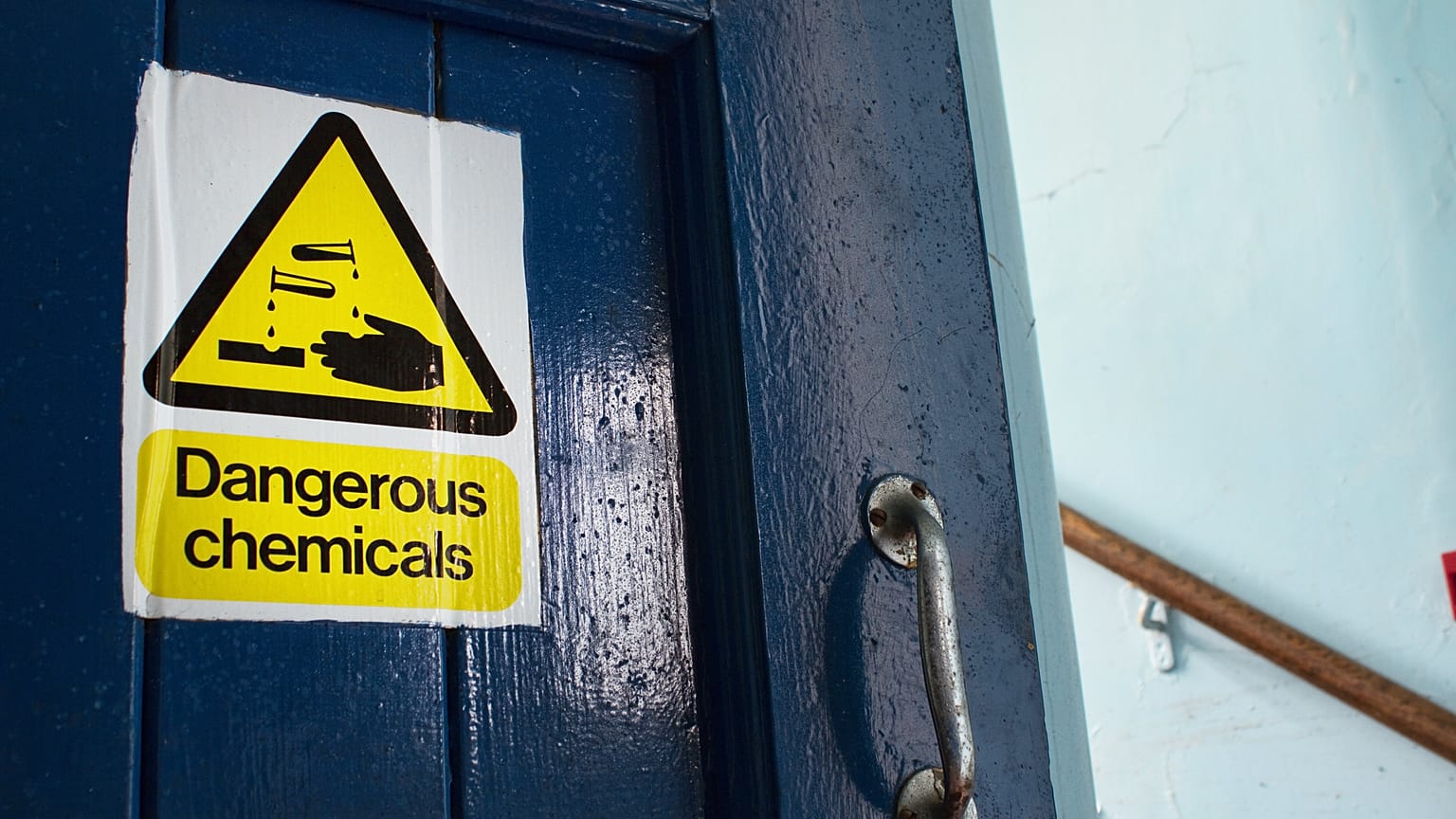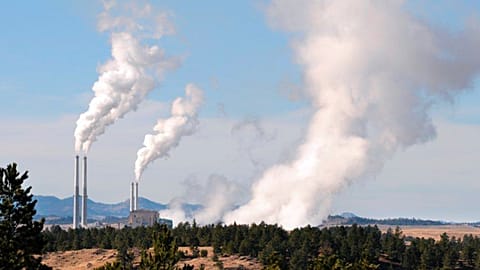New joint-assessment puts the spotlight on chemical pollution while NGOs urge EU officials to tackle the issue in the upcoming mandate.
Use of harmful substances is on the rise in the EU, a joint study by EU agencies has revealed, calling for stepped up action to manufacture sustainable chemicals.
A joint Europe-wide assessment by the European Environment Agency (EEA) and the European Chemicals Agency (ECHA) published today (April 17) puts the spotlight on 25 indicators monitoring the drivers and impact of chemical pollution, reaching the conclusion that “more work is needed” to avoid the spread of toxic chemicals on the environment and human health.
According to EEA’s and ECHA’s assessment, there is “little evidence” of progress towards eliminating substances of concern from waste and secondary materials, which is perceived as a barrier to the transition towards a more circular economy.
The report also indicated that emissions of some chemicals to water and air have dropped due to EU legislations, such as the law on industrial emissions, and international efforts. However, concentration levels harmful for human health and the environment still persist.
The EEA and ECHA assessment raises the alarm on the use of harmful chemicals including those causing cancer, changing human’s genetic material or the reproductive system. The EU agencies expressed particular concern on consumer protection, in relation to avoiding exposure to endocrine disruptors, chemicals affecting the hormone system.
Leena Ylä-Mononen, EEA executive director, maintained the need for “further action” to address the risks posed by the use of “unsafe” and “unsustainable” chemicals.
“The knowledge that is being generated in this assessment will help us shift to safe and sustainable chemicals in the future,” said Ylä-Mononen.
Sharon McGuinness, ECHA executive director, said the action by authorities and industry has been helpful to mitigate risks from dangerous substances. Regardless of the improvement, however, McGuinness said further knowledge on chemicals was needed, along with risk management support for critical substances, for the benefit of people and the environment.
The volume of industrial chemicals scrutinised by EU law has increased, EEA and ECHA said, noting that authorities are empowered with better knowledge about the hazardous properties and can anticipate measures to minimise and control the risks of several harmful chemicals.
Sandra Jen, programme lead for health and chemicals at the NGO Health and Environment Alliance (HEAL) said the conclusions coming from today’s assessment “confirm the importance” for the EU to deliver on promised legislative chemicals reforms “with no further delay”.
“Presenting the proposal for the REACH revision must be a commitment for the first 100 days of the new Commission,” Jen told Euronews.
In October 2023, the European Commission shelved a promise to revise the process to register, evaluate, authorise and restrict chemicals, also known as the REACH regulation.


















